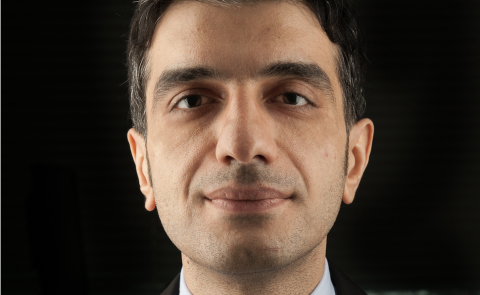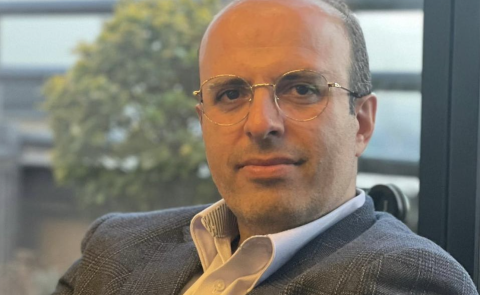
Peace or Capitulation? Shahverdyan on Armenia-Azerbaijan Agreement and the Nagorno-Karabakh Crisis
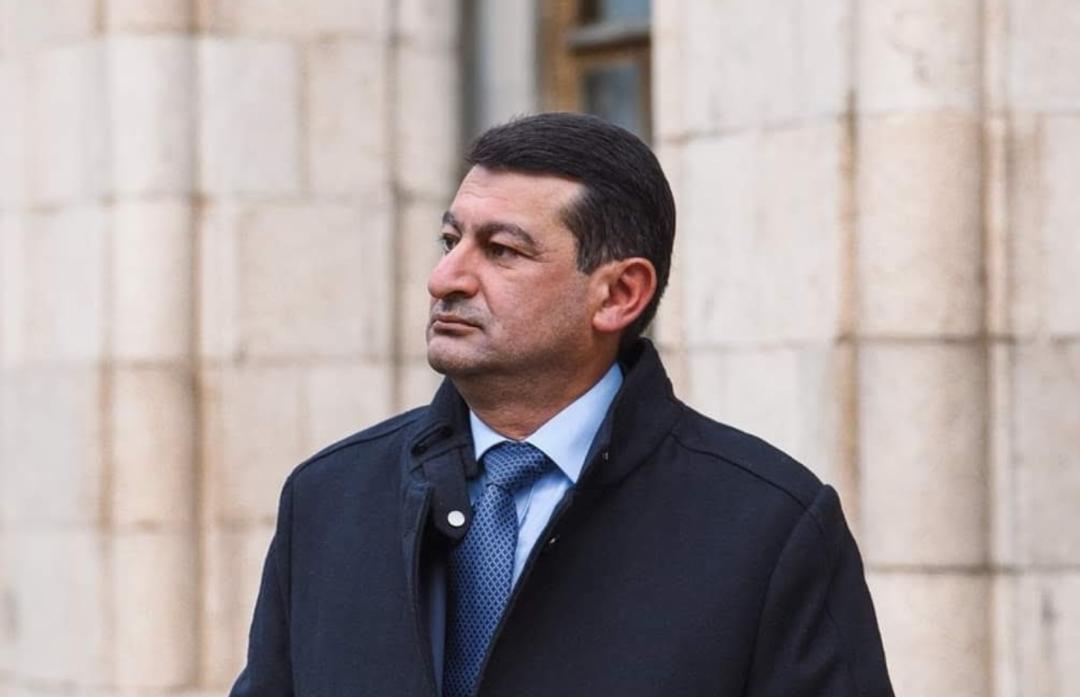
Following the 2023 exodus, the lives of Nagorno-Karabakh Armenians have undergone various challenging stages in Armenia. Over the past 1.5 years, the Armenian government has attempted to address their social problems through short-, medium-, and long-term solutions. The short-term measures can be considered successful: displaced individuals received initial financial assistance, and the issue of temporary housing was partially resolved. However, after a year and a half, numerous socio-political challenges emerged, prompting protests in Yerevan’s Freedom Square. There, they have been demanding justice from both the Armenian government and the international community.
Since April 1, the Armenian government has revised its financial aid program, resulting in half of the Nagorno-Karabakh Armenians no longer receiving support. This decision sparked outrage among the community, and since March 29, they have held rallies in Yerevan. These protests have expanded to include demands beyond social issues, such as their right to return to Nagorno-Karabakh, the preservation of Armenian cultural heritage in the region, the trial of former Nagorno-Karabakh leaders in Baku, and other matters of significance to them.
Sergey Shahverdyan, the former Minister of Culture, Tourism, and Youth of Nagorno-Karabakh, has been actively participating in these rallies. He emphasizes that the primary demand is the secure return of Nagorno-Karabakh Armenians. However, he stresses that prior to this, the Republic of Armenia must ensure a dignified life for them within Armenia, and the Armenian government must take concrete, visible steps toward securing the release of Armenian captives. Caucasus Watch spoke with Shahverdyan about these and other related issues.
Mr. Shahverdyan, on March 13, it became known that the peace agreement between Armenia and Azerbaijan has been finalized and is ready for signing. This unexpected news was perceived controversially in Armenian society. France, Germany, and the U.S. welcomed it and called on the sides to sign the agreement as soon as possible. Just the next day, Azerbaijan began to accuse Armenia of firing at its combat positions, while Armenia calls these statements disinformation. However, if this agreement is signed, what consequences could there be for Armenia and the Nagorno-Karabakh issue?
It is difficult to talk about that agreement because there is no agreement at all. There is a kind of agreed text that is not available to the public, by the way. We also clearly saw under what conditions all the paragraphs of that so-called agreement were written. In my opinion, it is simply a capitulation document because none of the problems facing Armenia are solved by that document, even if it is signed. As I understand it, it is more of another opportunity for Azerbaijan to continue its demands outside the framework of the document. These are demands that are absolutely unacceptable and could have very serious consequences for the Republic of Armenia. As for the agreed text, we have two serious problems there. The first is that the document, known as a peace agreement, does not in any way address the collective rights of the Artsakh (Nagorno-Karabakh) Armenians, which in itself is a very serious issue. Secondly, it also calls into question the possibilities of further protecting the rights of the Republic of Armenia, considering that Armenia must abandon its claims against Azerbaijan in international forums. This is an absolute step backward from the successes we have achieved in international judicial forums and effectively deprives the Karabakh Armenians of their collective rights and the opportunities to defend their interests in international forums.
Recently, Karabakh Armenians gathered in front of the Swiss Embassy in Yerevan to express their gratitude for creating a dialogue platform for Nagorno-Karabakh. On March 18, the Swiss Council of States approved a peace forum for Nagorno-Karabakh, asking the Swiss authorities to establish a platform for dialogue between representatives of Nagorno-Karabakh and Azerbaijan. What can the Karabakh people expect from Switzerland and the West in general?
First of all, it should be noted that the decision itself is welcome. According to this decision, the Swiss government must provide a platform for discussions and negotiations between the Armenians of Nagorno-Karabakh and Azerbaijan. This is very important. In other words, the fact that the Karabakh issue remains unresolved is clearly emphasized. We must also take into account that, unlike other countries, Swiss legislation is such that if the parliament adopts a decision, it must be implemented by the government. In other words, the decision comes into force, and the government must implement it. We can only hope that this positive example will also serve as a stimulus for the government of the Republic of Armenia, which must take measures to bring the Nagorno-Karabakh issue back to the international arena. We also see various supportive statements from Europe, which are commendable, but they must be followed by practical steps that we do not yet see on the ground—steps that will oblige Azerbaijan to implement the decisions made by the international community. In particular, efforts must be made today to prevent the mass destruction of residential neighborhoods in Stepanakert and ensure the preservation of the cultural heritage of Armenians there, prior to the exercise of our right of return.
You recently published footage on Facebook from Latakia, Syria, where people are being humiliated, tortured, and killed. You wrote that the Azerbaijanis would do the same to us if we stayed in Nagorno-Karabakh. Why are you so sure? The Azerbaijanis claim the opposite.
I don’t know what the Azerbaijanis are claiming, but the fact is that while we were still in Artsakh, we experienced the attitude of the Azerbaijani government toward Armenians, which was clearly manifested in 2020. During the 44-day war, when peaceful settlements, including the capital Stepanakert, were targeted by shelling and airstrikes, we saw the closure of the Lachin Corridor and the nine-month blockade that deprived us of the opportunity to import food and medicine. We witnessed the kidnapping of people on the Hakari Bridge, including from a Red Cross vehicle, and finally, we saw the September 2023 war, when people were tortured and beheaded, with numerous pieces of evidence and videos appearing on the internet, which were published by the Azerbaijanis themselves. This happened even after the Artsakh army was already disarmed. We had seen such an attitude back in the Soviet years. Moreover, there were no serious security guarantees from Azerbaijan. Even if there had been such guarantees, what happened would not have allowed us to believe in them. The best proof of this today is the trumped-up trials taking place in Baku of the former military-political leaders of Nagorno-Karabakh. Therefore, I remain of the opinion that the physical existence of the Nagorno-Karabakh Armenians was threatened, and they had no alternative but to leave the territory of Nagorno-Karabakh.
Armenian National Assembly Speaker Alen Simonyan stated that the Karabakh people should have stayed there and continued to fight until the end with the weapons that Armenia had left for them. Karabakh President Shahramanyan condemned him, saying that “we did everything within our power.” In general, why did the people of Nagorno-Karabakh not manage to stay there?
I would not like to get involved in those unpleasant conversations. In essence, the Artsakh Army was a subdivision of the Army of the Republic of Armenia, and its management was carried out by the General Staff of the Armed Forces of the Republic of Armenia. The supply of weapons, armament, and fuel—everything—was handled by the General Staff of the Ministry of Defense of the Republic of Armenia. Therefore, we should ask the Armenian authorities why it was decided to disarm a subdivision of the Armenian army, the Artsakh Defense Army, and why it was decided in Yerevan to disband the army and hand over the weapons and ammunition to Azerbaijan or the Russian side. We have more right to ask these questions of the Armenian authorities than they do of us.
Why have relations between the authorities of Nagorno-Karabakh and Armenia become so hostile? Not long ago, they were very warm, I would even say brotherly. Armenian deputies do not meet with the authorities of Nagorno-Karabakh today, but recently, newly elected members of the ARF Dashnaktsutyun met with President Samvel Shahramanyan at the NK Representation. What was this meeting about?
Your question fits perfectly into the framework of the policy pursued by the current authorities of Armenia, which makes the normal functioning of the Nagorno-Karabakh government-in-exile almost impossible. I would not single out the meeting of representatives of the ARF with the authorities of Nagorno-Karabakh. There is nothing extraordinary here. In addition to RA officials, many other officials, representatives of various local and international organizations, and politicians meet with the authorities of Nagorno-Karabakh, and there are numerous publications about these meetings in the media. It is obvious that the RA authorities do not recognize the authorities of Artsakh, but this does not mean that no one recognizes them.
The Armenian government has introduced a new social program for Nagorno-Karabakh Armenians, which, if adopted, will reduce the amount given to forcibly displaced people starting in April. People are already alarmed that they will simply end up on the streets. Can the Diaspora do something here?
The reduction of financial support to the Nagorno-Karabakh Armenians has been discussed since December of last year, when the Armenian government made clear decisions on this issue. It is just that the deadlines have approached, and these decisions are being implemented. I do not consider this program to be a program to support the people of Artsakh. It was simply a program to provide housing for people who have become refugees. Undoubtedly, the people of Artsakh will face very difficult social problems. Yes, I can predict that if this decision is implemented—the prerequisites for which already exist—people will simply find themselves in a helpless and difficult situation, and another wave of emigration to other countries, in particular to the Russian Federation, will occur.
I can only say the following: one of the rights of the people of Artsakh is the right to live with dignity in the territory of Armenia, and this right can only be implemented in the form of providing social housing. All the support provided by the Armenian government naturally has deadlines, and it is clear that one day it will be stopped. Therefore, long-term solutions are needed, which, as I mentioned, involve the provision of social housing, a practice accepted in international standards. In my deep conviction, the solution to this problem should not be sought in other ways, for example, by asking for help from the Diaspora. There is an obvious, clear situation that the Government of the Republic of Armenia must resolve. What international structures should be involved in this issue is also the responsibility of the Government of the Republic of Armenia.
You have initiated a project to digitize Stepanakert’s monuments, collecting photos of the city’s springs and monuments. What is that for?
Azerbaijan’s policy is aimed at eradicating Armenian memory throughout the territory of Nagorno-Karabakh. To preserve this memory, we have begun digitizing the monumental art samples of Stepanakert, which have already been almost completely destroyed in the capital, Stepanakert. I am sure that the day will come when Azerbaijan also raises cultural issues, and then the Armenian government will need complete lists and evidence of Artsakh’s cultural heritage as a priority. Today, our team is engaged in the work of collecting and creating an evidence base.
Is Armenian cultural heritage in Nagorno-Karabakh endangered? If so, how can it be preserved?
This issue should also be considered within the framework of the responsibilities of the Republic of Armenia. It is the Armenian government that should raise its voice about these problems; the government should sound the alarm about the facts of the destruction of cultural monuments, and the Armenian government should convey all these concerns to the international community. We, as a society, can only raise our voice and show what is happening, but on the ground, the Armenian government must act because it has the levers and mechanisms to act in the international community and in the relevant forums.
Azerbaijanis often publish on social media footage from Stepanakert, where we can see buildings being renovated or neighborhoods being demolished. They say that it is their sovereign territory and they have the right to do whatever they want, and that it shouldn’t concern Armenians.
Azerbaijan is pursuing a policy of erasing our homeland. What is happening in Artsakh cannot be called anything else but the erasure of the homeland. The Armenian memory and trace are simply being erased. There is nothing new here. In one place, they are demolishing a church; in another, entire neighborhoods, with the aim of depriving people of their property and their opportunity to return. In the capital, Stepanakert, six historical neighborhoods have been completely demolished, and they plan to demolish three more neighborhoods in the area adjacent to them. It is known that the neighborhood opposite the university has been completely demolished. We do not know what is actually happening in Stepanakert today; we know about all this from the videos published by the Azerbaijanis. This information is very limited. Again, this is also the responsibility of the Armenian authorities, since they have the leverage and opportunity to legally appeal in international forums. The policy of the Armenian authorities should ensure the preservation of the Armenian cultural heritage in Artsakh, the property rights of Artsakh residents, the rights of Artsakh residents to return, and other collective rights, keeping all these issues on the international agenda.
Is it possible to preserve the Karabakh Armenians’ culture, dialect, cuisine, and traditions in Armenia? There are reports that many cultural figures are also emigrating due to not finding work in their field.
I see the preservation of Artsakh culture as possible in the case of compact settlement of Artsakh residents in Armenia. And it is no coincidence that we demand and expect from the Armenian government a housing program that will allow Artsakh residents to live side by side for a while, until the realization of our right of return is secured. This will positively stimulate the preservation of the dialect, traditions, and culture in general. This will solve not only a social issue but also the issue of preserving intangible cultural heritage. As for the emigration of cultural figures, yes, there is emigration. In addition to being cultural figures, they are first and foremost displaced people, and they face the same social difficulties as other Artsakh residents. In any case, we must continue to find donors and benefactors so that cultural figures have the opportunity to continue their work. I see no other way in the conditions of today’s domestic politics in Armenia.
You were the Minister of Culture, Tourism, and Youth Affairs of Nagorno-Karabakh. What do you think is happening to the youth of NK in Armenia today? Are they able to find work in the private or state sectors, can they serve in the Armenian army, do they have political preferences, or do they prefer to be depoliticized? Maybe their social status does not allow them to actively participate in political life?
Unfortunately, I don’t have statistics about their employment or social status to answer those questions. All I can say is that the youth should be able to self-organize. We are ready to support them in every way with our experience and advice, but first of all, the youth should self-organize and try to find solutions in these difficult times.
Contributed by Marut Vanyan
See Also

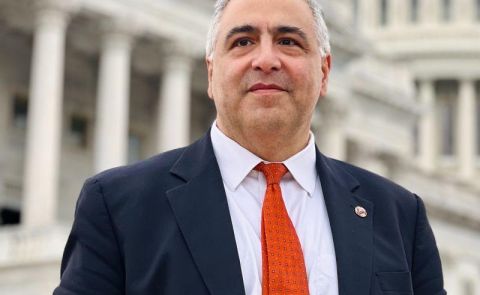
Aram Suren Hamparyan: Let’s Not End Up With Less Land and Less Peace
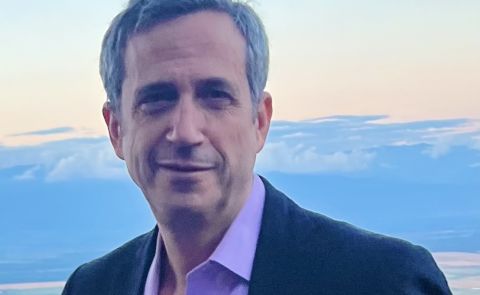
Lincoln Mitchell: The Caucasus in the Trump Era
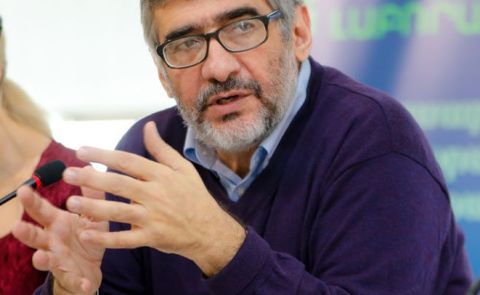
Alen Gasparian-Amirkhanian: Water Efficiency Will Prevent Water Conflict
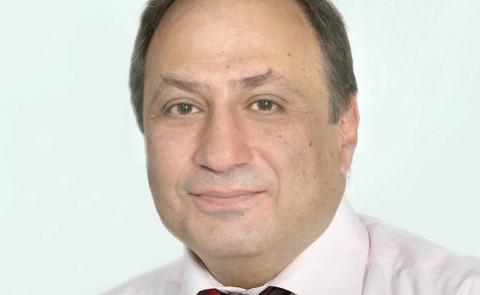
Ara Marjanyan: Armenian Nuclear Policy Will ‘Hedge,’ Not ‘Decouple’ from Russia
